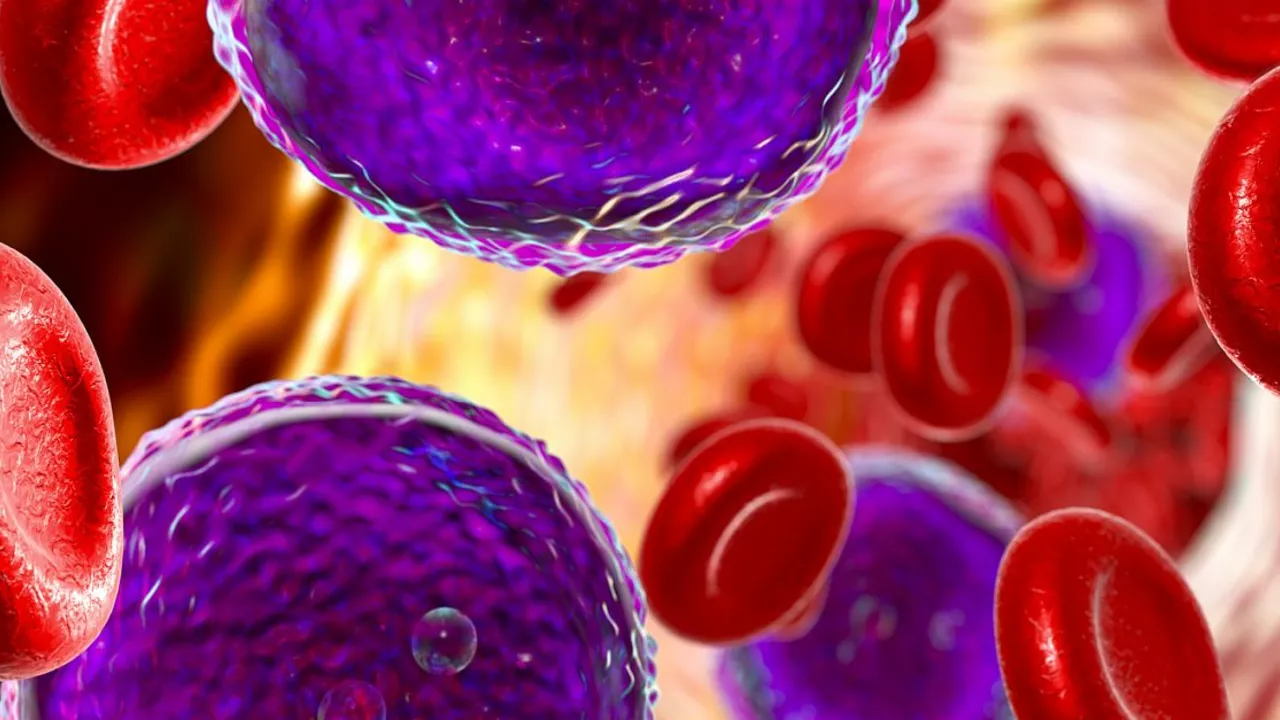Leukemia Effects: Understanding the Impact on Your Body
Leukemia is a type of blood cancer that begins in the bone marrow, where blood cells are made. One of its biggest effects is on your blood's ability to carry oxygen and fight infections, because leukemia messes with the normal production of healthy blood cells.
At first, leukemia might not cause obvious symptoms, but as it progresses, you might notice feeling unusually tired or weak, getting bruises or bleeding easily, or having frequent infections. This happens because leukemia cells crowd out normal blood cells, leading to a drop in red cells, platelets, and normal white blood cells.
Common Symptoms to Watch For
Keep an eye on signs like swollen lymph nodes (those lumps in your neck or armpits), unexplained weight loss, night sweats, or persistent fevers. These often indicate your body is fighting something abnormal.
Since leukemia affects your immune system, even minor cuts or infections can feel more serious, so it’s important to monitor your health closely and see a doctor if you notice these symptoms.
Treatment and Managing Leukemia Effects
Treating leukemia involves targeting the cancerous cells while supporting your body through the side effects. Common treatments include chemotherapy, radiation, and sometimes stem cell transplants. These can be tough on the body but are necessary to control leukemia’s impact.
Managing side effects like fatigue or infection risks is just as important as the treatment itself. Regular check-ups and working closely with your healthcare team help keep things on track.
Understanding leukemia effects can feel overwhelming, but knowing what symptoms to spot and how treatments work equips you to face this disease with more confidence.

How Chromosome-Positive Lymphoblastic Leukemia Affects Children and Adolescents
Chromosome-positive lymphoblastic leukemia is a challenging health issue among children and adolescents. It's a form of blood cancer that impacts the body's ability to produce healthy cells, leading to a weakened immune system. Sadly, this disease often results in severe illness and can be life-threatening. Children and adolescents with this condition typically undergo intense treatments, such as chemotherapy, which can greatly affect their quality of life. It's essential for families and healthcare providers to understand this condition to provide the best support and care possible.